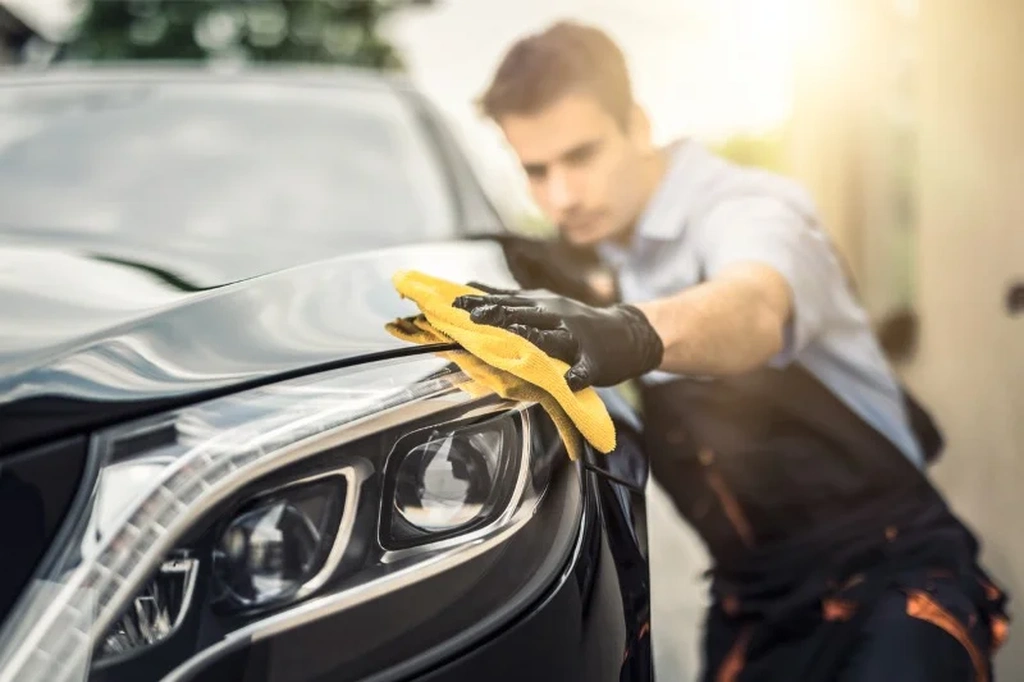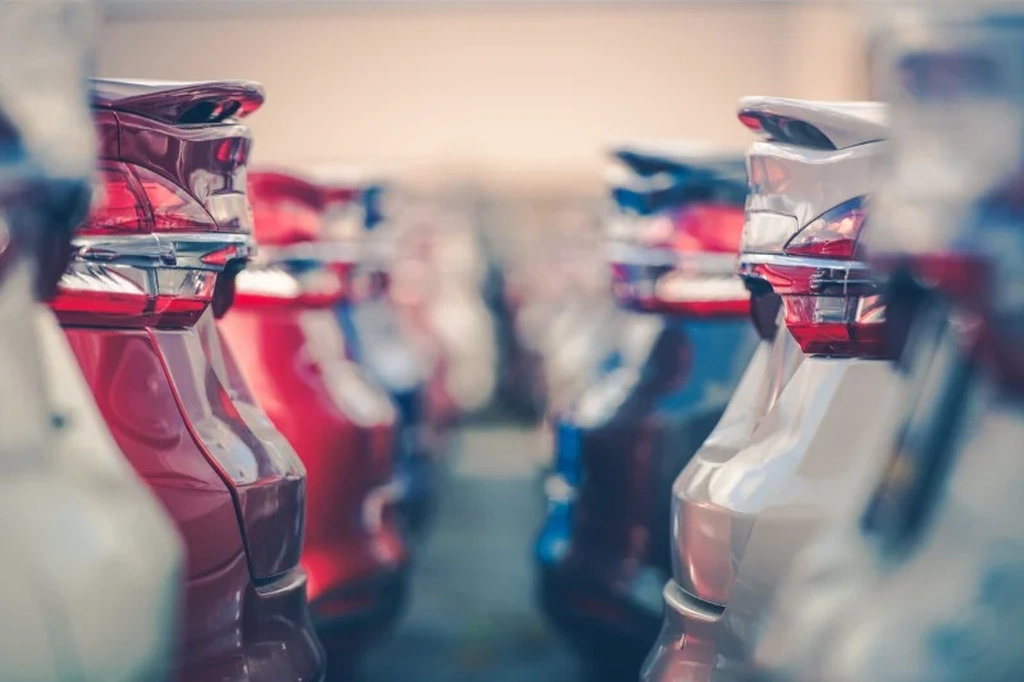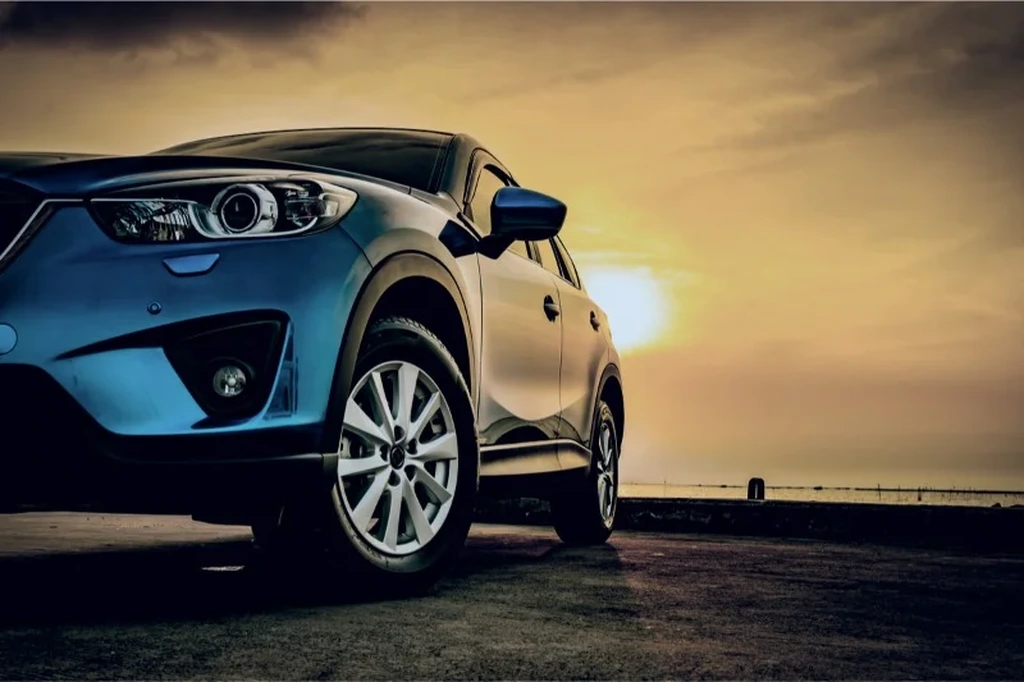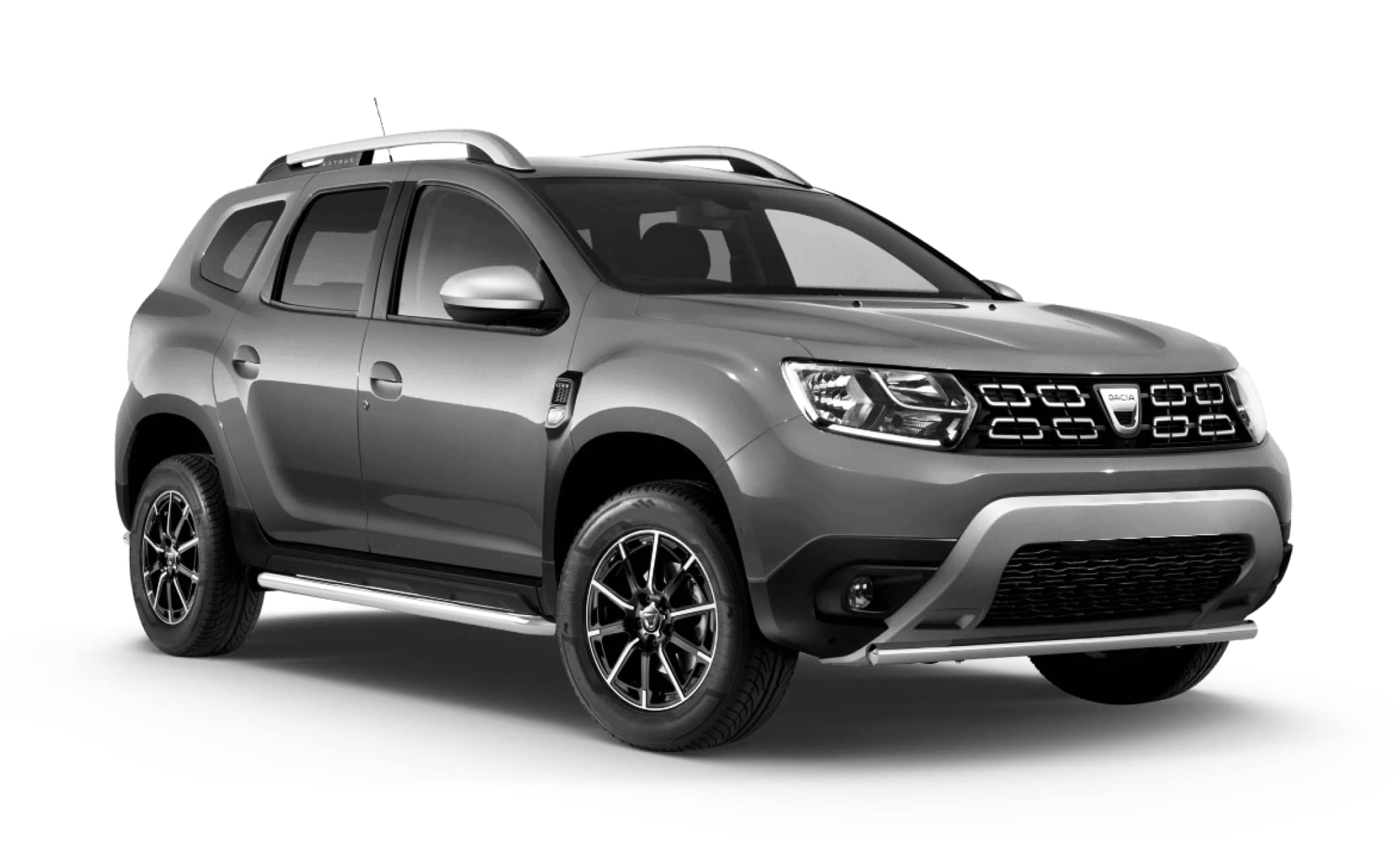When looking at the differences between American cars vs European cars, there is a lot to take note of. From size to handling to type of transmission to even appearance, you will find distinct differences across the board. There are even cultural differences.
Americans tend to see their cars as an extension of themselves and status definers. By contrast, Europeans are much more practical and view them as a way of getting from point A to point B.
American vehicles focus on practicality, often larger and less efficient, while European cars are compact, efficient, stylish, and perform well, aiding in making an informed choice.
This and several other factors contribute to why there are so many glaring differences between cars. Let’s investigate to find out what these are so you can be prepared for your trip.
American vs European cars: The bigger the better?
Everyone knows that American cars are huge. In fact, everything in the United States is bigger, right? From the portions in restaurants to the size of houses, people in the US are living large. Even gas-guzzling SUVs give the impression of being larger-than-life tanks, especially compared to European vehicles.
American cars tend to be larger and designed for the open roads and spacious parking found in the third-largest country in the world. No wonder why the Ford F-150 was the most popular used car in numerous states and metro areas across the U.S. in 2022 while in Europe, it was the Peugeot 208.
A typical carmaker in Europe, by contrast, makes more compact automobiles. It’s no surprise that the continent that invented the miniature Smart cars has smaller vehicles overall.
Europe is the second-smallest continent on the planet, there simply isn’t as much space in European cities, and the automobiles you see are a reflection of that. From parking to street size, everything is limited.
That’s because many cities in Europe developed at a time before modern urban planning existed. Anyone who’s roamed the winding streets of Rome, Paris, or Prague knows that creating a grid of large, spacious boulevards was the last thing on anyone’s mind.
Cities in North America, on the other hand, are all pretty new, at least by European standards. The streets are wider, the roads and highways are larger, and many people need a vehicle to get around. Iceland's Ring Road is a nice, wide thoroughfare as well.
American and European automakers accommodate the needs and wants of the customers they manufacture for. They just do it in different ways. This is why when hiring a car in a foreign country, you should always check the different car rental sizes available and make sure you understand what the industry jargon indicates.
European cars vs American: Fuel efficiency and gas mileage
There’s no denying that you feel big and powerful in an American car like a Hummer or other SUV. It’s always fun to think you’re the King or Queen of the Road.
The downside is that larger vehicles get worse gas mileage. American-made cars are considered less reliable than their foreign counterparts. They have an overall lower fuel efficiency because car companies are not required to pass as rigorous a set of fuel economy checks. This means that even small vehicles do not get the same efficient mileage as their European counterparts.
Because fuel standards are higher in Europe, a European car will get you more bang for your buck. This directly results in lower fuel costs at the pump. This can be a lifesaver in an expensive place like Iceland. It’s a huge advantage of European cars vs American when thinking about your Iceland car rental.

The ultimate American car vs European car sticking point: Manual or stick-shift
Whether you are driving a minivan vs an SUV, this is one of the big differences and one that will most affect you when you drive cars in Europe. If you don’t know how to drive a stick-shift, you are basically dead in the water.
You’ll find some European cars with an automatic transmission, but they are a special request and are the exception rather than the rule. More than 80% of cars sold in Europe have a manual transmission. This adds a layer of complexity because driving stick is either something you know or you don’t.
Americans are lucky in that driving cars in their country is relatively easy. Automatic transmissions are much more common, and almost all automobiles have them. You just turn on the car and go forward, break, or reverse. All you need to focus on is steering and not getting into an accident.
There’s no waiting for that telltale shaking that comes from a manual transmission approaching the need to shift to the next gear. You also don’t have the complicated aspects of pushing down on or releasing the clutch as you ease up on the gas.
Driving an automatic car rental is much simpler and pretty much anyone can do, as it requires much less coordination. Not to mention, you don’t risk stalling out if you do things incorrectly.
Of course, Europeans will insist that driving a stick is really easy once you get the hang of it. Some even prefer manual transmissions to automatic transmissions. They say they can “feel” the engine and that they’re more in control. But that’s probably because it’s how they learned to drive and what they learned first; no wonder it seems easy.
By contrast, if you learned to drive using automatic handling, making the change to a stick-shift transmission can be intimidating or even impossible.
European vehicles: Built to Last
Prestigious European brands such as Mercedes Benz and other German automakers are known for high-quality vehicles that are more expensive. Common knowledge says that you’ll pay more up front, but over the car’s lifetime, you’ll take fewer trips to the mechanic. They also tend to run longer overall. Foreign cars like Japanese cars are also built to last for a long time.
American cars tend to be less expensive, but supposedly have more problems and will die sooner. These are all sweeping generalizations, of course, but they are the stereotypes that have popped up surrounding American cars vs European cars.
It’s true that a BMW or Peugeot won’t hold as many passengers as a GM or Ford model. But in general, the former can claim victory for giving more years of service. Just remember that they need to be properly maintained.

American cars vs European: Look and feel
When looking at American vs European cars, there is definitely a difference in aesthetics. European design tends to be sleeker and more stylish, while American cars are expected to look more tough and utilitarian. The sophisticated look favored in all aspects by Europeans comes through in its automobiles.
The style and construction of vehicles differ between North America and the Continent because of values between aesthetics and function. Due to cultural aspects, a manufacturer of a European car will take pride in its appearance. An American carmaker is influenced by other factors.
They’re less interested in looking cool and classy, more in making a car that runs for a lower price. Germany is known for its superiority in engineering quality cars, and it’s true that you get what you pay for. European cars have very nice interiors and expertly-designed exteriors. Companies like Ferrari, Porsche, Mercedes, BMW, and more make truly beautiful cars.
There is a wide range here, however. Italy makes more flamboyant designs. This is different than practical German cars, where form follows function. This also varies depending on the car's make or model.
Do remember, a car's make is its brand, like Toyota or BMW, while the model refers to the specific type, such as Corolla or X5. These factors influence value, safety, insurance, and, of course, aesthetics.
American Cars: Need for Speed
The land of the Fast and the Furious is also home to some of the world’s fastest cars. Fitting right in with the “bigger is better, go hard or go home” mentality, American companies like Chevrolet, Ford, and Hennessey will outrace all of their counterparts on other shores.
But that doesn’t mean they're leaving Europeans completely in the dust. Germany has its autobahn, the world-famous highway with no speed limit. As a result, many German cars meant for everyday use can accelerate faster overall. Speed limit laws in some European countries tend to be looser than in the US. So American car makers have to keep lower speed laws in mind.
How well does it handle?
When it comes to American cars vs European, most car enthusiasts can agree that European cars handle better at higher speeds. Some people even say that the US builds cheaper versions of European autos that can go fast but can’t turn a corner. If you’re looking for a car that can corner on a dime, perhaps a European automobile is a better choice.
Both European and Japanese cars also supposedly brake better, but American cars are catching up. With SUV rollovers proving to be a hazard, automakers have had safety concerns come to the forefront. And it’s not always 100% true. In tests, the Chevrolet Volt outbrakes the Toyota Prius, for example, so we can't go purely by stereotypes.
American cars vs European cars: Concluding Remarks
When looking at the difference between American and European cars, there’s actually a lot of variation. This is surprising for something that at first glance should fundamentally be the same thing: an automobile. But there are stark differences.
In Europe, you tend to find more compact cars with higher fuel efficiency and a sleeker design. In the Battle of Continents, neither is necessarily better or worse; there’s just a difference in preference. But it’s good to know American car vs European car differences when you travel abroad.














